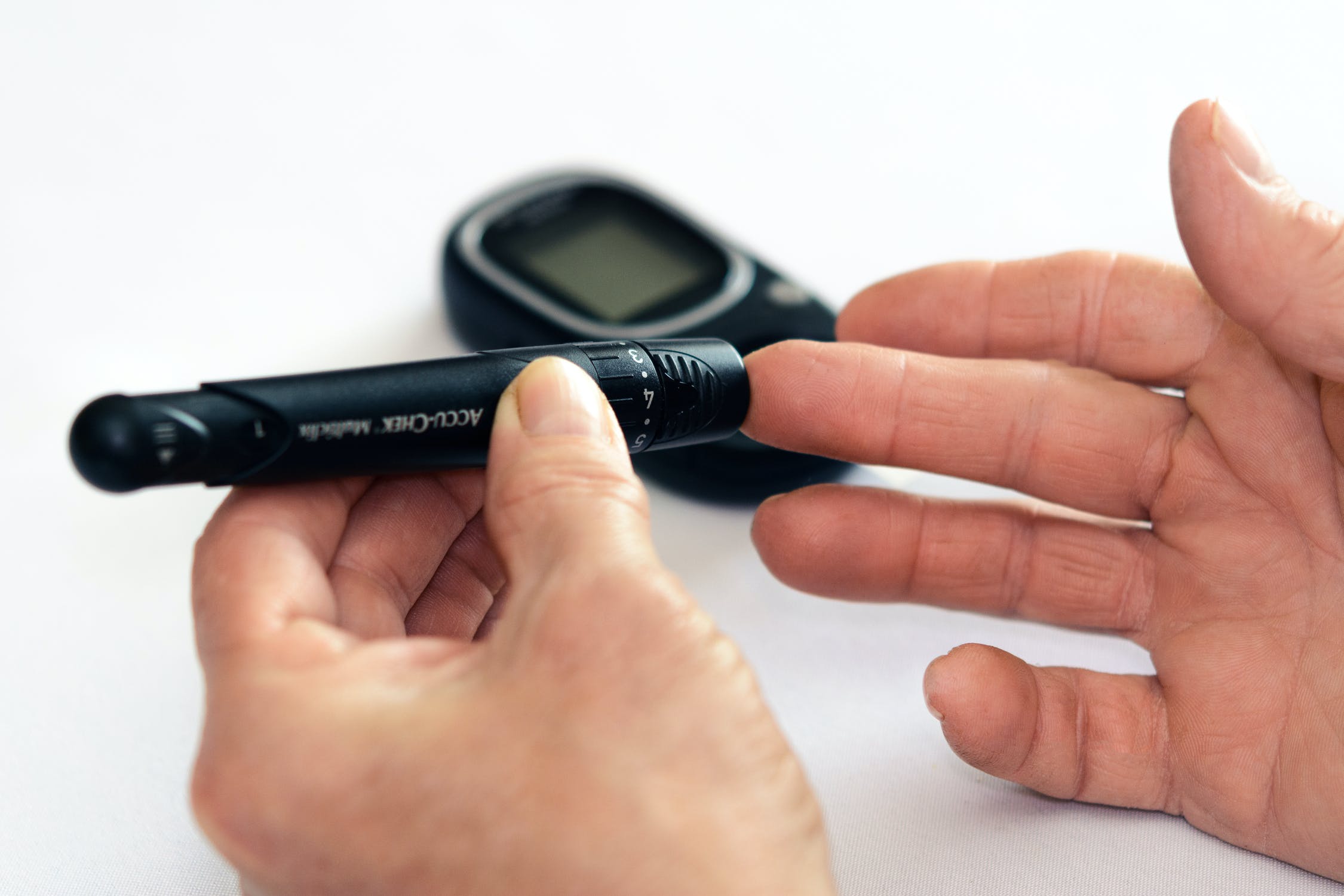The diabetes it is a metabolic disease characterized by hyperglycemia, which is an excess of glucose in the blood. In the last 30 years, its spread has increased exponentially and, according to the World Health Organization, around the world would suffer from it. 346 million people.
More than 80% of deaths related to this disease occur in low- and middle-income countries. Adults are particularly affected. To be precise, the risk increases considerably in the age group between 35 and 40 years. L’hyperglycemia typical of diabetes can depend on two alterations which, in most cases, act in synchrony:
- atypical resistance of tissues to the action ofinsulin;
- progressive and unstoppable decline in the ability of the islets of Langerhans to produce insulin.
What are the causes of diabetes?
According to scholars, diabetes is the result of combining a series of genetic factors e environmental. The former provide a certain predisposition to develop the disorder. The latter, in turn, go to concretize this predisposition. The latter include:
- age advanced;
- sedentary lifestyle;
- hypertension;
- obesity: the increase in body weight results in an increase in the synthesis of triglycerides which, being in excess, accumulate in the pancreatic cells, thus making them less functional;
- diet rich in simple sugars: in a person predisposed to diabetes, the intake of too many sugars limits the ability of the beta cells of the pancreas to produce insulin;
- levels of cholesterol HDL equal to or less than 35 mg / ml;
- levels of triglycerides equal to or greater than 250 mg / ml.
Symptoms of diabetes
Unlike type 1 diabetes, the symptomatology of type 2 onset very slowly and can take years to manifest. In some patients the clinical signs can be very mild, therefore, difficult to classify in a precise diagnosis. Among these stand out:
- asthenia, or recurring fatigue;
- polyuria, i.e. need to urinate often;
- blurred vision;
- polydipsia, that is, intense sense of thirst;
- slow healing of wounds;
- headache;
- itch cutaneous;
- polyphagia, i.e. strong appetite;
- tendency to develop infections.
Unfortunately, diabetes is a pathology that gives complications, both acute and long-term. The former are essentially represented by the so-called “non-ketotic coma”, a serious and often fatal condition. The latter, on the other hand, consist of alterations in the large arterial blood vessels and capillaries.
Several arise disturbances, such as cardiovascular disease, diabetic nephropathy, cataract, diabetic ulcer. The need to urinate often, associated with intense thirst and the typical risk factors of diabetes, is a alarm bell not to be underestimated and a quick medical consultation is required.
Covid and diabetes, what are the connections?
To confirm the risk who run type 2 diabetes subjects to end up in intensive care with an interstitial pneumonia is one studio led byUniversity of Padua and published in the journal “Diabetes Research and Clinical Practice”. The researchers, led by Gian Paolo Fadini, director of the metabolic diseases division of the Venetian university-hospital, collected data from over 400 individuals hospitalized for coronavirus and followed their course during the acute phase of the infection.
The analysis found that those with diabetes were twice as likely to develop a more severe form of interstitial pneumonia, with a rapid worsening of respiratory function and consequent transfer to resuscitation. In addition, the patients had worse levels than most laboratory tests. Such situations occurred among those who only found themselves diabetic once in hospital. It cannot therefore be ruled out that the intense inflammation generated by the Covid may have triggered the onset of the metabolic pathology.
–

